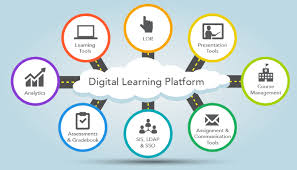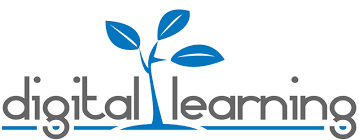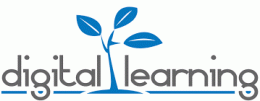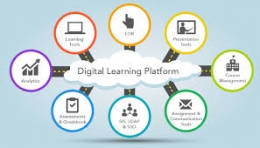Kalau dilihat dari judul diatas seperti bombastis sekali yaitu untuk Kemajuan Pendidikan Nasional?, Apa Sih Peranan atau manfaat dari Internet dan Broadband/4G (High Speed Internet) untuk kemajuan pendidikan di suatu negara atau bangsa?.
Sebelum kita melanjutkan lebih jauh kita pahami dulu atau sepakati dulu apa Definisi Internet Broadband (Akses Internet Pita Lebar). Definisinya bisa kita lihat sbb:
“Broadband technologies supply considerably higher bit rates than dial-up, generally without disrupting regular telephone use. Various minimum data rates and maximum latencies have been used in definitions of broadband, ranging from 64 kbit/s up to 4.0 Mbit/s.[14] In 1988 theCCITT standards body defined "broadband service" as requiring transmission channels capable of supporting bit rates greater than the primary rate which ranged from about 1.5 to 2 Mbit/s.[15] A 2006 Organization for Economic Co-operation and Development(OECD) report defined broadband as having download data transfer rates equal to or faster than 256 kbit/s.[16]And in 2015 the U.S. Federal Communications Commission (FCC) defined "Basic Broadband" as data transmission speeds of at least 25 Mbit/s downstream (from the Internet to the user’s computer) and 3 Mbit/s upstream (from the user’s computer to the Internet).[17] The trend is to raise the threshold of the broadband definition as higher data rate services become available.[18]

Sekarang pertanyaannya bagaimana cara kita untuk bisa menggunakan atau memanfaatkan akses pita lebar diatas untuk kemajuan pendidikan Nasional.
Kalau ingin melihat potret mutu pendidikan kita khususnya Pendidikan Matematikan – Science dan Kemampuan Membaca Acuan yang bisa kita pakai adalah PISA Score. Apa Itu PISA Score ?

Atau bisa juga dilihat di Wikipedia.com
The Programme for International Student Assessment (PISA) is a worldwide study by the Organisation for Economic Co-operation and Development (OECD) in member and non-member nations of 15-year-old school pupils' scholastic performance on mathematics, science, and reading. It was first performed in 2000 and then repeated every three years. It is done with a view to improving education policies and outcomes. It measures problem solving and cognition in daily life.[1]
The 2012 version of the test involved 34 OECD countries and 31 partner countries, with a total of 510,000 participating students.[2]The 2015 version of the test will be published in December 2016.[3]
https://en.wikipedia.org/wiki/Programme_for_International_Student_Assessment










